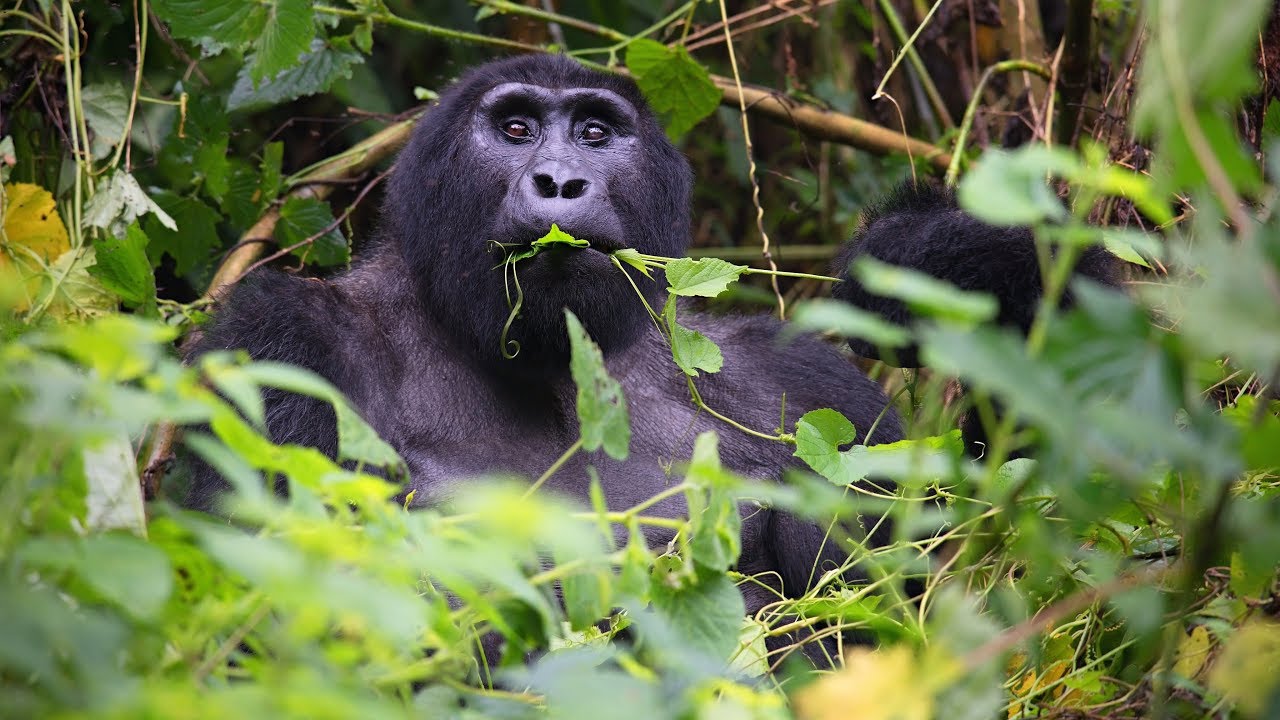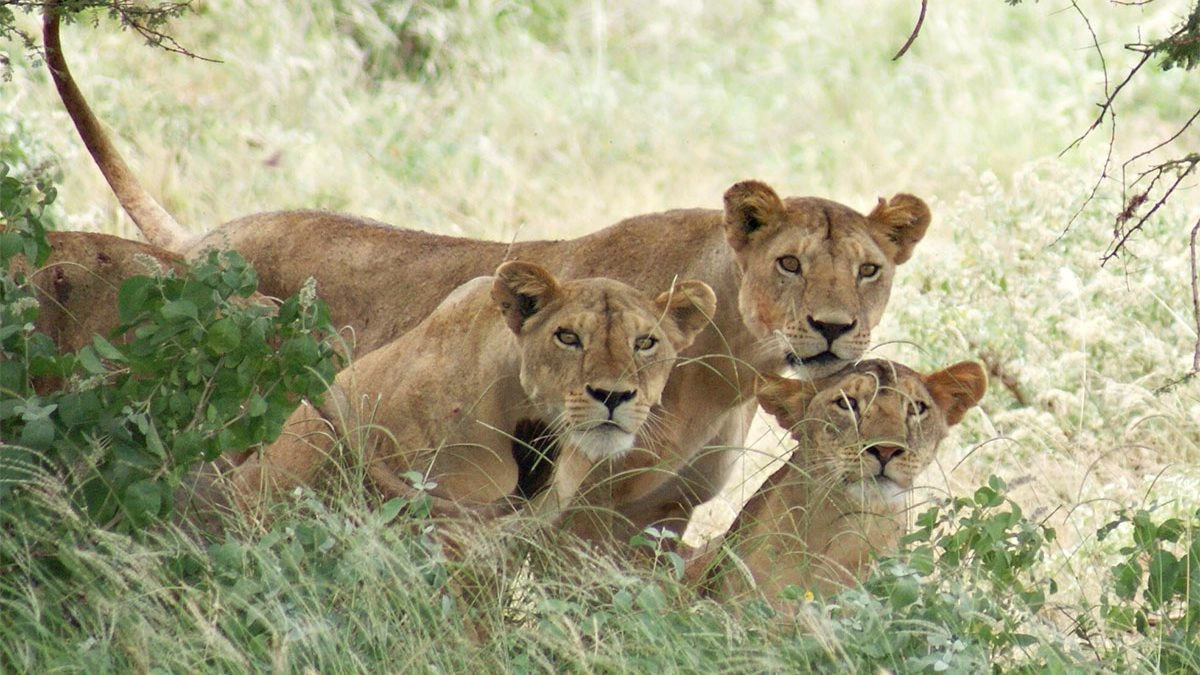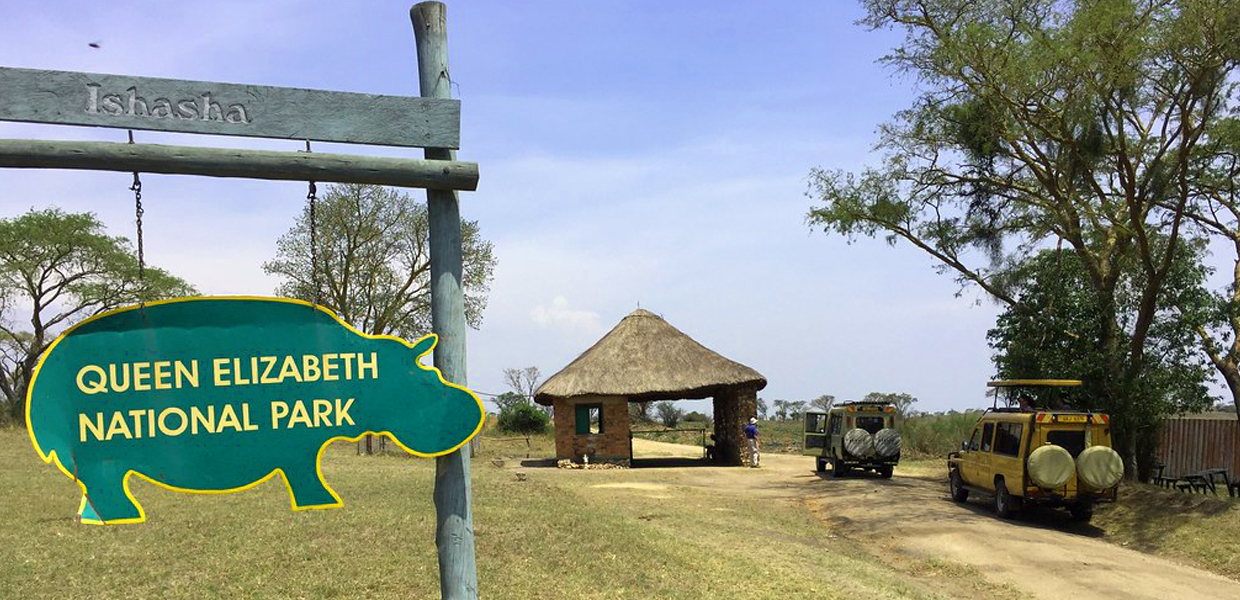
Budongo Forest Reserve
Budongo Forest Reserve
Budongo Forest Reserve is an attractive forest reserve in Uganda is located on way to Murchison Falls National Park, located northwest of Kampala, the capital city of Uganda. Northeast of Lake Albert, on the escarpment, is the Park. In addition to being home to a chimpanzee population, Budongo Forest is well-known for its historic profusion of East African mahogany trees. Here are still standing some remarkably enormous mahogany trees that reach heights of over 80 metres and circumferences of over 20 metres. There is more to do and see in the forest, especially if you prefer trekking safaris, but the majority of tourists come here for chimpanzee trekking or birdwatching, nature walk safaris and many more.
The largest mahogany forest in all of East Africa, Budongo Forest serves as home to the majority of Uganda’s chimpanzee population. The major tourist sites within this forest are the Kaniyo Pabidi Ecotourism site and Busingiro Ecotourism site, which are located at the boundary of Murchison Falls National Park and are filled with mahogany and iron-wood trees. This 115-kilometer stretch is a secluded area within the Budongo forest. Buffaloes, lions, and leopards can occasionally find refuge in its seclusion.
Location and access of Budongo Forest Uganda.
It takes around 3 and a half hours to get to or from Kampala, depending on road conditions, to reach the Budongo Forest and the Kaniyo Pabidi. These locations are conveniently located along the route leading to Murchison Falls Park.
Situated between 1 0 37 N – 20 03 N and 31 0 22 – 31 0 46 E, the region spans 435 km2 and is primarily made up of wet, semi-deciduous forest at a medium height, interspersed with savanna and woodland areas. It stretches across a moderately sloping terrain that descends to the East African Rift.
Four streams, Waisoke, Sonso, Kamirambwa and Siba, drain the forest and flow into Lake Albert. The region receives between 1200 and 2200 mm of rain annually; the dry season runs from December to February, while the wet season runs from March to May and again from September to November.
The closest town is Masindi, and a large portion of the area surrounding the forest is used for farming, homes, and villages. This puts constant strain on the forest’s edges and encourages the exploitation of the area for bush meat and building materials. Poachers’ snares also result in the mutilation of chimpanzees and other wildlife. The mahogany trees that still remain are cut and removed by itinerant pit sawyers.
Biodiversity of Budongo Forest Uganda.
Budongo Forest is a unique location with a significant volume of visitors. Over 360 bird species, over 290 butterflies, 130 moths, 465 plants, and 24 mammals nine of which are primates have all been documented from Budongo.
Weather and Climate.
Due to its proximity to the equator, Budongo Forest experiences nearly constant daily temperatures all year round. Every day, the highest temperature recorded is around 31 degrees Celsius. This is a result of the Budongo Forest’s separation from the equator, the primary global latitude. In Budongo Forest, the wet season lasts from mid-November to mid-May and September to October and gets a lot of rainfall. But during the dry season, which runs from December to February and June to August, there is very little to no rain. The optimum time of year for tourist activities such as hiking, chimp trekking, nature walks, and birding is during the dry season since the pathways are always dry and accessible.
Safari activities to do in Budongo forest.
Chimpanzee trekking.
Chimpanzee trekking safari has become an activity popular with eco-tourists, necessitating behavioral guidelines for visitors in order to avoid undue disturbance of both primates and forest. The forest has been divided into trails that are utilized by visitors as well as researchers, who first needed them for easier access. More than nine different kinds of monkeys call Budongo Forest home. It also has a great richness of fauna. Over 600 chimpanzees call the forest home, of whom a small number have been tamed for the sake of ecotourism. With more than 80 members, this family offers guests a unique chance to see these amazing apes in their natural habitat.
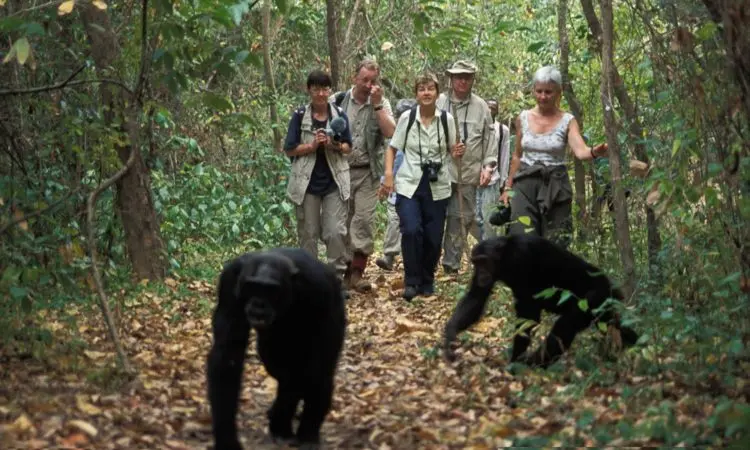
Grey-cheeked mangabeys, olive baboons, blue monkeys, and black-and-white colobus monkeys are some more species of primates. 280 butterflies, 465 types of plants and shrubs, and over 24 species of small animals call the forest reserve home in addition to primates.
Chimpanzee trekking in Budongo forest starts with a briefing about the rules and regulations to follow during chimpanzee trekking. after the briefing you explore the jungle looking for the chimpanzees this takes a period of thirty minutes to four hours, after finding the chimpanzees you will be given a period of one hour in the presence of the chimpanzees while watching them feed, play, breastfeed groom taking pictures, record videos, and among others. Which is the best experience, and after one hour you will receive the chimpanzee trekking certificate for taking part in chimpanzee trekking.
Bird watching.
Bird watching is a popular safari activity for visitors to Budongo Forest especially the bird lovers, which is home to some of the rarest birds in East Africa. Over 360 different kinds of birds, both migratory and resident, call the forest home. The African emerald cuckoo, puvels illadopsis, forest robin, yellow and grey long bill, yellow browed camaroptera, black headed flycatcher, chocolate backed kingfisher, white spotted flufftail, lemon bellied crombec, and many other species may be seen in Budongo Forest because the forest is the perfect home for various bird species.
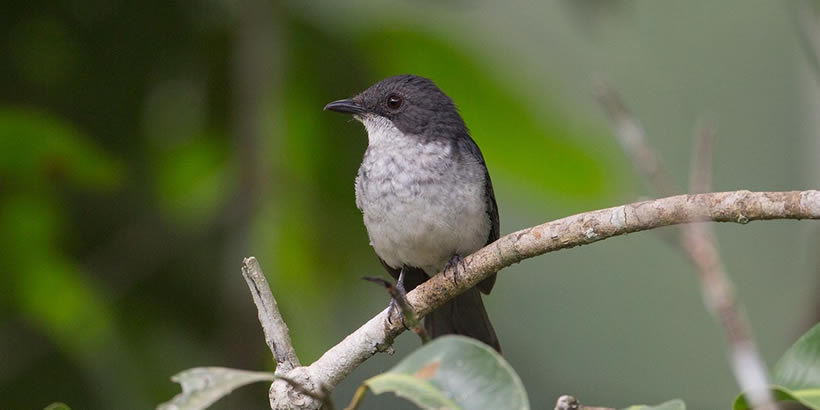
Guided nature walks.
Budongo Forest offers guided nature walks lead by a qualified and experienced tour guide who will provide you with much of the information you want to understand the forest. Along with seeing a plethora of butterflies, visitors may also encounter a wide variety of other wildlife and plant species. The two to three hour nature walks are often followed by a picnic or lunch under the forest canopy.
Chimpanzee habituation experience.
Chimpanzee habituation experience, which is an all-day activity, can be done here during off-season months. Chimpanzee habituation is carried out in groups, including researchers, and might take up to two years. For many years, the Jane Goodall Institute has been in charge of managing and supervising the chimpanzees in Budongo Forest. Although chimpanzee habituation is not as expensive as it is in Kibale Forest National Park, it is nevertheless possible to do so year-round here. An overnight stay at the Budongo Eco-Lodge is highly recommended if you wish to participate in chimpanzee habituation.
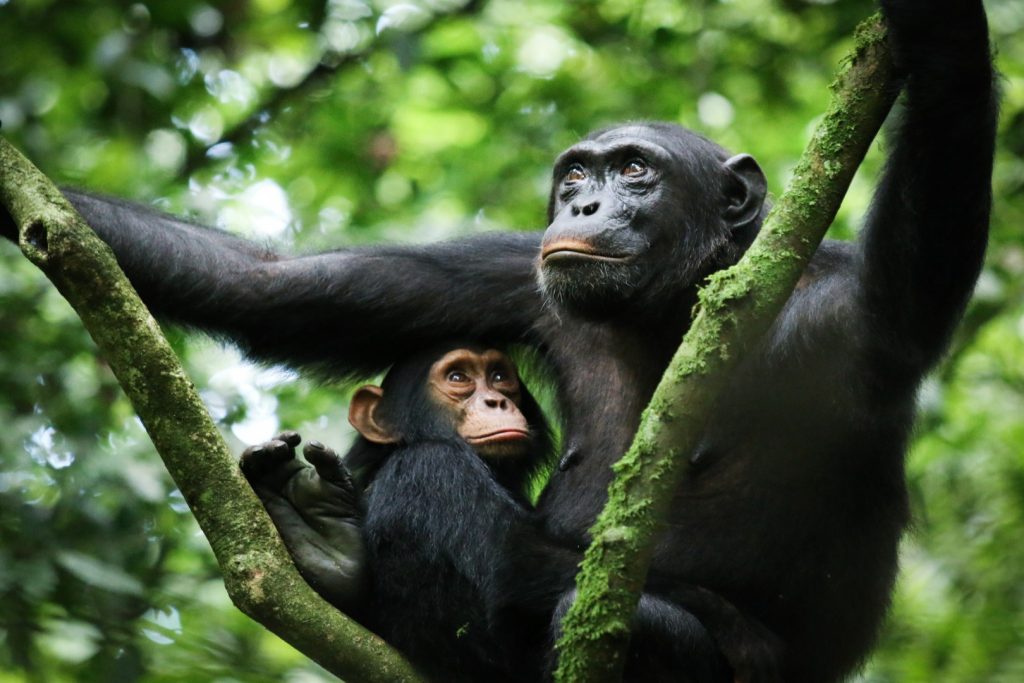
How to get to Budongo Forest.
Budongo Forest is situated in the southeast of Murchison Falls National Park, approximately 30 kilometres from Masindi’s major town and 1.5 hours’ journey away. The Kichimbanyobo Gate, located in the southern portion of Murchison Falls National Park, is the entry point to Budongo Forest. From the gate, take the main road to Paraa, and after approximately 8 km, you will see the signpost for the Budongo Eco-Lodge. The forest headquarters are located next to the eco-lodge.

